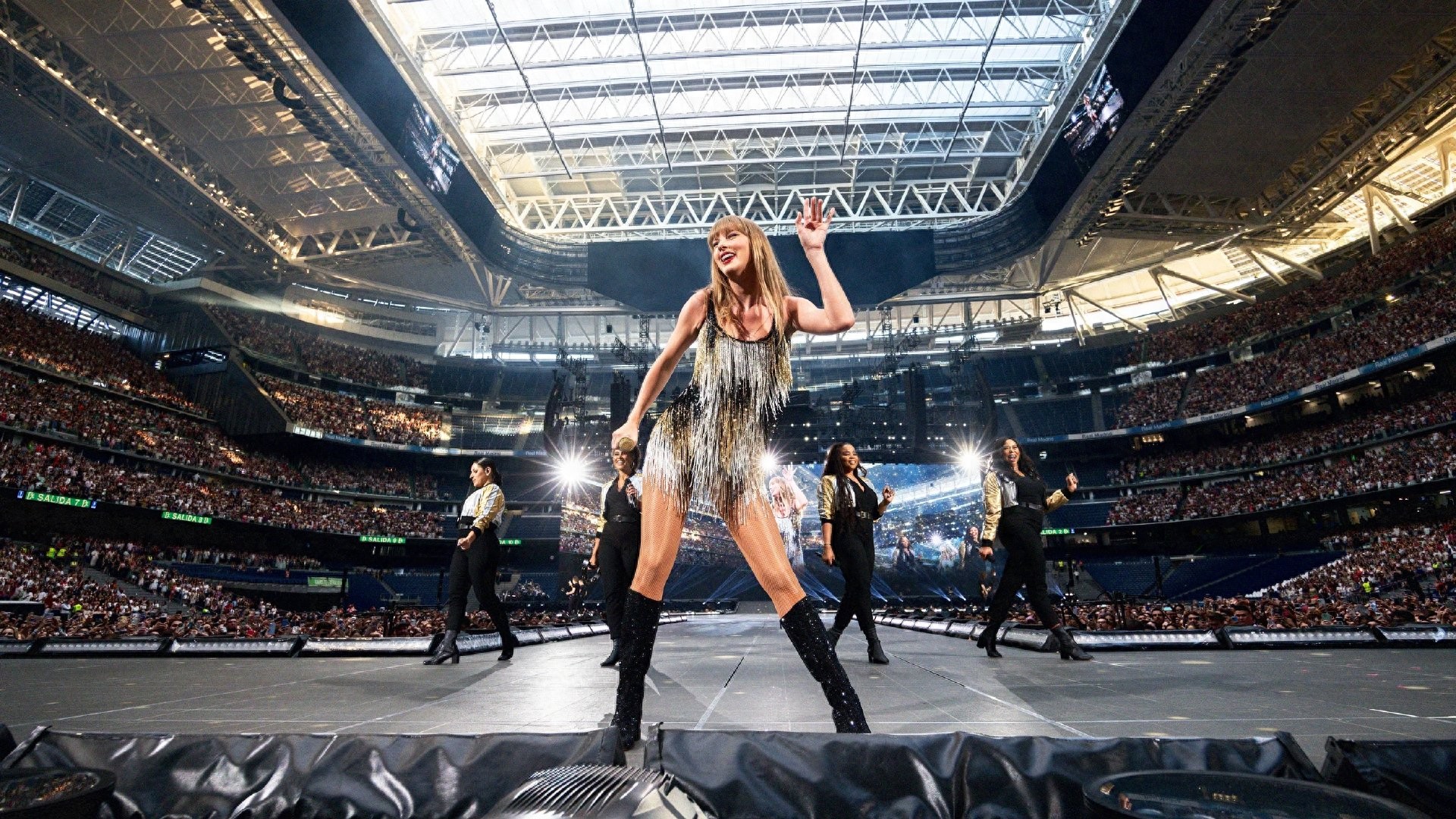The "Stadium Economics" in the Streaming Era

By Han Bing How do Europe’s top clubs make money? Or how do they maintain their operations? The three economic pillars—ticket sales, broadcasting rights, and sponsorship—remain constant despite the streaming era, but their internal growth potential has evolved.
At present, the broadcasting income growth for the Big Five European leagues has nearly hit a ceiling (with Serie A and Ligue 1 still declining), and ticket price hikes are almost at their limit. Expanding stadium capacity and diversifying revenue through multifunctionality have become the main sources of income growth for top clubs. Stadiums with capacities exceeding 60,000 serve as the "golden threshold" for elite clubs in this era; they not only represent the "entry ticket" to top-tier status but also provide a sustainable income foundation for maintaining that elite position.
The modernized Bernabéu stadium generated a record €360 million in matchday revenue during the 2024/25 season, with "all-weather" commercial income outside matchdays exceeding €180 million. Tottenham Hotspur and Atlético Madrid have also significantly increased their stadium and commercial revenues through new stadiums with capacities over 60,000. Tottenham remains firmly among the Premier League’s top six, while Atlético has surpassed rivals to transform La Liga from a two-horse race into a three-way contest. The examples set by Real Madrid, Tottenham, and Atlético have broadly stimulated elite clubs' enthusiasm for investing in large, multifunctional stadiums. The accelerated completion of Milan’s new stadium is just the latest case in the European football competition for "60,000+" multifunctional venues.
Stadiums Have Become the New Standard
The 2025 Deloitte Football Money League report uses Real Madrid’s Bernabéu renovation as a prime example, emphasizing that stadium expansion and diversified revenue streams are becoming the fastest-growing income sources for elite clubs. In the 2023/24 season, the top 20 clubs in the Deloitte Money League collectively earned over €2 billion in matchday revenues for the first time, accounting for 18% of total revenue—the highest since the 2014/15 season (19%).
In summer 2017, Atlético Madrid moved from the Calderón Stadium (55,000 capacity) to the Metropolitano Stadium (70,700 capacity). Matchday revenue surged by 50%, pushing the club's seasonal revenue from €270 million (2016/17) to nearly €500 million (2024/25), transforming La Liga from a Real Madrid-Barcelona duopoly into a three-strong competition. In spring 2019, Tottenham moved from White Hart Lane (36,300 capacity) to their new stadium (62,900 capacity), generating broader economic and social impacts. Beyond over €130 million in annual matchday and major event commercial income, the stadium contributes more than €350 million annually to the local economy and creates 3,500 new jobs.
In the 2023/24 season, the renovated Bernabéu’s capacity increased only slightly from 81,000 to 83,000, but matchday revenue doubled, reaching a record €248 million. Real Madrid expects the Bernabéu to generate up to €400 million in a single season in the future. Half of the clubs in Deloitte’s top 20 have plans to expand or build large-capacity multifunctional stadiums, especially those in the Premier League.
Liverpool has expanded its stadium twice by adding two stands, increasing capacity from 46,200 to 61,300 by 2024. Future expansions of the Dalglish and Kop stands will raise capacity to 75,000. Manchester City will also increase its home stadium capacity to 61,000 early next year after two expansions. West Ham United has used the London Olympic Stadium (62,500 capacity) since 2016, and Tottenham’s new stadium opened in 2019; both clubs are considering expanding the North Stand, potentially adding another 5,000 seats. The capacity pressure from West Ham and Tottenham has pushed Arsenal to follow suit, expanding the Emirates Stadium to 70,000 to widen the gap in matchday revenues with Tottenham, Manchester City, and Liverpool.
Everton opened a new stadium with a 52,700 capacity this season. Newcastle United (from 52,000 to 65,000) and Leeds United (from 37,600 to 53,000) also have stadium expansion plans. Even Championship club Birmingham City is planning a new 62,000-capacity stadium. Chelsea’s potential redevelopment on the original site could bring Stamford Bridge’s capacity above 60,000. Additionally, Manchester United’s plan for a new 100,000-seat stadium is progressing. Notably, the design and planning of these stadiums are modeled after the successful multifunctional revenue-generating templates of Real Madrid and Tottenham.
The Bernabéu’s Demonstration Effect
The massive revenue returns from the Bernabéu renovation have spurred top clubs in Europe’s four major leagues to invest in expanding or building multifunctional stadiums. Barcelona has taken on debt and sold part of its future stadium revenue to fund the renovation and expansion of Camp Nou, which will have a capacity of 105,000 and is expected to be fully operational by next summer. Barcelona aims for the new Camp Nou to generate more diversified seasonal income and surpass the Bernabéu as the world’s most profitable stadium.
Spain’s hosting of the 2030 World Cup has also partially driven stadium investments. Valencia, once comparable to Atlético and Sevilla, has restarted a stadium project stalled for 16 years, securing €322 million in loans, with the new stadium expected to be completed by summer 2027. Additionally, Betis (60,000 capacity) and Sevilla (55,000 capacity) have plans for new stadiums. Sevilla’s La Cartuja stadium, renovated to 75,000 seats, will serve as a temporary home during the construction period for the city’s two top clubs and will host matches during the 2030 World Cup.
The near ceiling on league broadcasting income is the fundamental reason why Europe’s top clubs place their hopes for revenue growth on stadiums. The latest TV rights deals show only a 2% increase in the Bundesliga, a 3% decline in Serie A, and a 33% drop in Ligue 1. In Serie A, besides the Milan giants, both Rome clubs and Napoli have stadium plans. Rome’s new stadium is expected to be completed in 2028, expanding capacity from 55,000 to 62,000. Lazio’s new stadium will be smaller, with a capacity between 45,000 and 50,000. Napoli plans a new 65,000-seat stadium to host the 2032 European Championship.
Paris Saint-Germain, the French powerhouse whose revenues have surged in recent years, plays at Parc des Princes with only a 48,000 capacity but achieved a remarkable €170 million in matchday revenue last season. The current Paris mayor has refused to sell Parc des Princes to PSG for expansion, so the Qatari owners have decided to build a new stadium in the Paris suburbs. However, with mayoral elections next year, the ownership of Parc des Princes remains a hot topic, and PSG might still acquire and expand the stadium. Regardless of whether they stay or relocate, PSG’s plan to have a multifunctional stadium with a capacity over 60,000 remains firm. PSG is set to cross the final threshold to become a top-tier elite club.


Wonderfulshortvideo
User PlaymakerHub has posted a video.








 Links
Links
 Contact
Contact
 App
App


